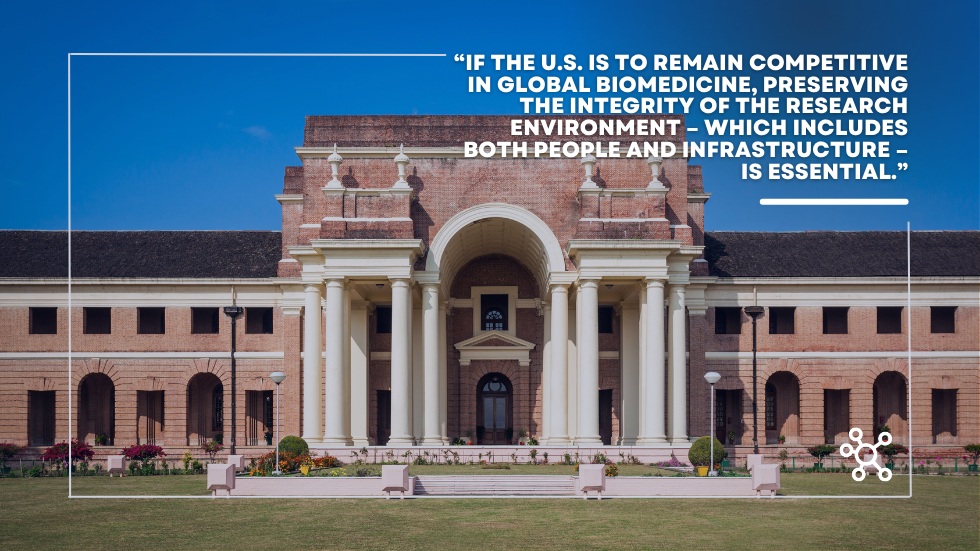Author: Tess Joosse
Consider your hiring process. It can be both a blessing and a curse: your organization is growing quickly, and you are ready to bring on a lot of new talent. But those open roles need to be filled fast, and all at once!
When is high-volume hiring needed?
In some industries managers can expect to need high-volume hiring seasonally, like when companies bring on large numbers of temporary employees to meet increased holiday shopping demand (the National Retail Federation estimates U.S. retailers hire around half a million seasonal staffers each holiday season).
In biotech, seasonal needs can sometimes pop up, like towards the end of the academic year when new or soon-to-be graduates are on the job hunt. But more often high-volume hiring is required in biotech companies to meet growth needs. Start-ups can expand rapidly, and staff is needed to scale up accordingly. Or, if a large company moves into a new research focus, they may need to hire a lot of people quickly to get the new project up off the ground and running or to bring in a necessary specialized skill.
The end of 2022 is quickly approaching. As you look towards the new year and build out hiring plans for 2023, you will want to have a strategy in place if you are planning on filling a lot of new positions. Here, we’ve put together some steps you can take to energize and execute your high volume hiring process.
1. Design a candidate-first strategy that puts a premium on quality.
While high-volume hiring is in part focused on quantity, it’s important to design your hiring process and write position descriptions to attract quality employees. Early on in the process, work with your team to fully understand the spectrum of needs each position will require. Be exact and explicit when laying out expectations in job descriptions, and don’t forget to detail benefits and aspects of your company’s brand that will appeal to high-quality applicants. If it’s applicable to the role, consider implementing screening questions to a position’s online application to determine if candidates should move on to next steps in the process that require more work on your part.
2. Look to your previous contacts and candidates in the hiring process.
You probably have a list of candidates you’ve been in touch with in the past but put on hold and didn’t hire. These candidates are great options to first turn to when looking to hire fast – you already know them, they already know you, and chances are they’re still interested in working at your company. Now is the time to tap into any hiring pipelines you’ve cultivated. It’s also worth looking at internal candidates and considering if they can grow into new or needed roles if you haven’t already.
3. Use multiple platforms to get your jobs in front of more candidates and cast a wide net.
To hire a lot of workers, you need to get your job postings in front of a lot of eyeballs. In addition to looking to your already-existing pipeline, make use of all possible platforms including your website’s careers page, social media, and relevant online niche groups and job boards. Make sure search engine optimization, or SEO, is polished by including relevant keywords in your job posting.
4. Consider using technology to speed up the search.
When hiring in high quantities, modern technological tools can help reduce some of the burden. Artificial intelligence tools and automation software can help you manage outreach, communications, and real-time status of open positions, as well as analyze recruiting data and streamline review of resumes.
The takeaway on the hiring process:
As your company grows, adds new projects, or expands into a new research focus, you may need to hire a lot of employees quickly. Use these tips as a guide and remember that Sci.bio’s targeted biotech recruiting approach can help you fulfill your hiring needs. Feel free to get in touch with us today to learn more.






